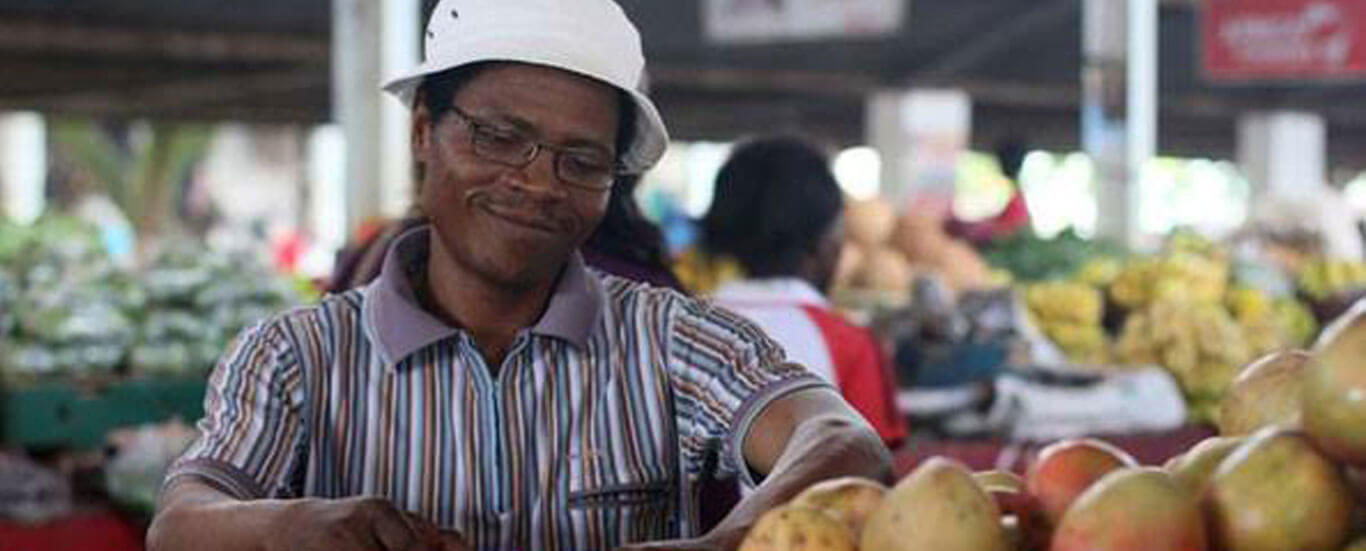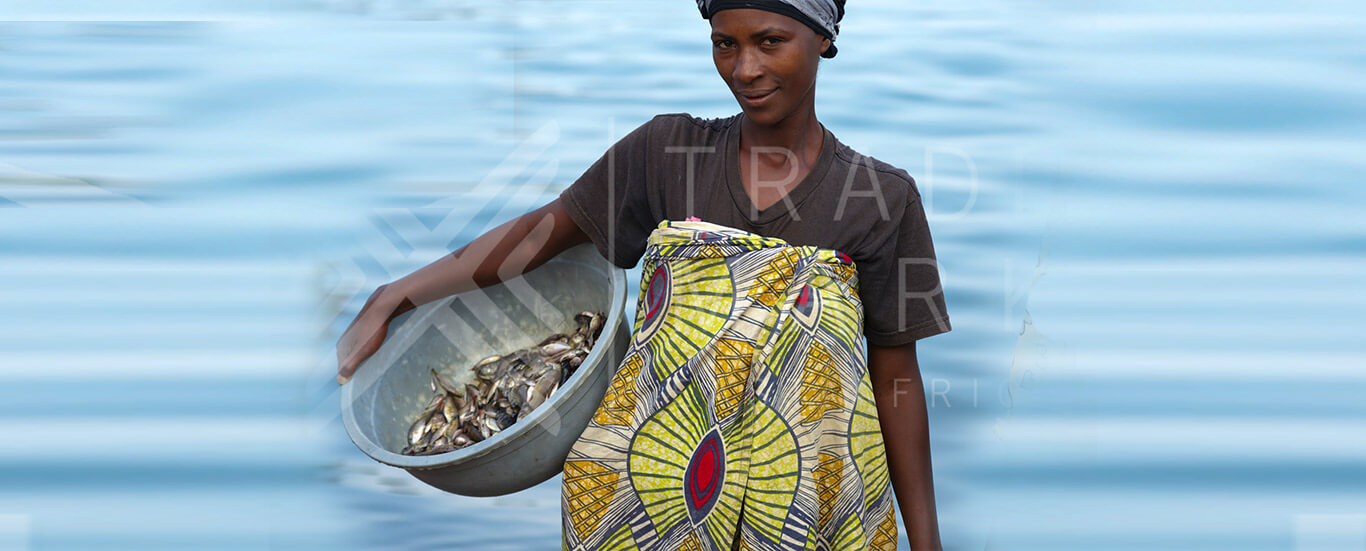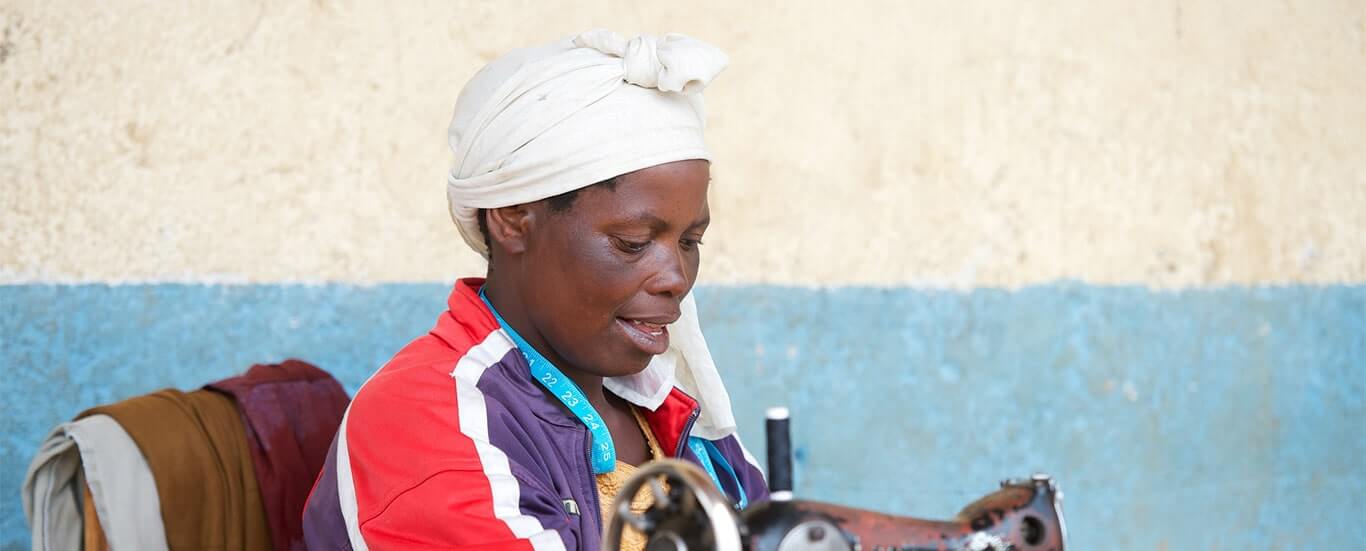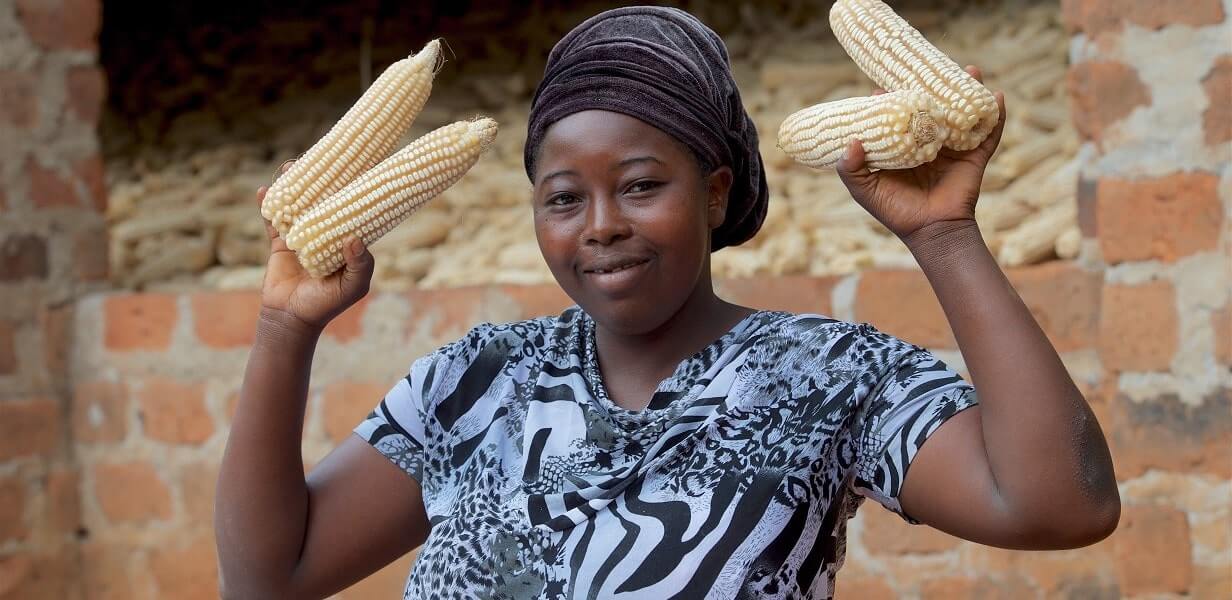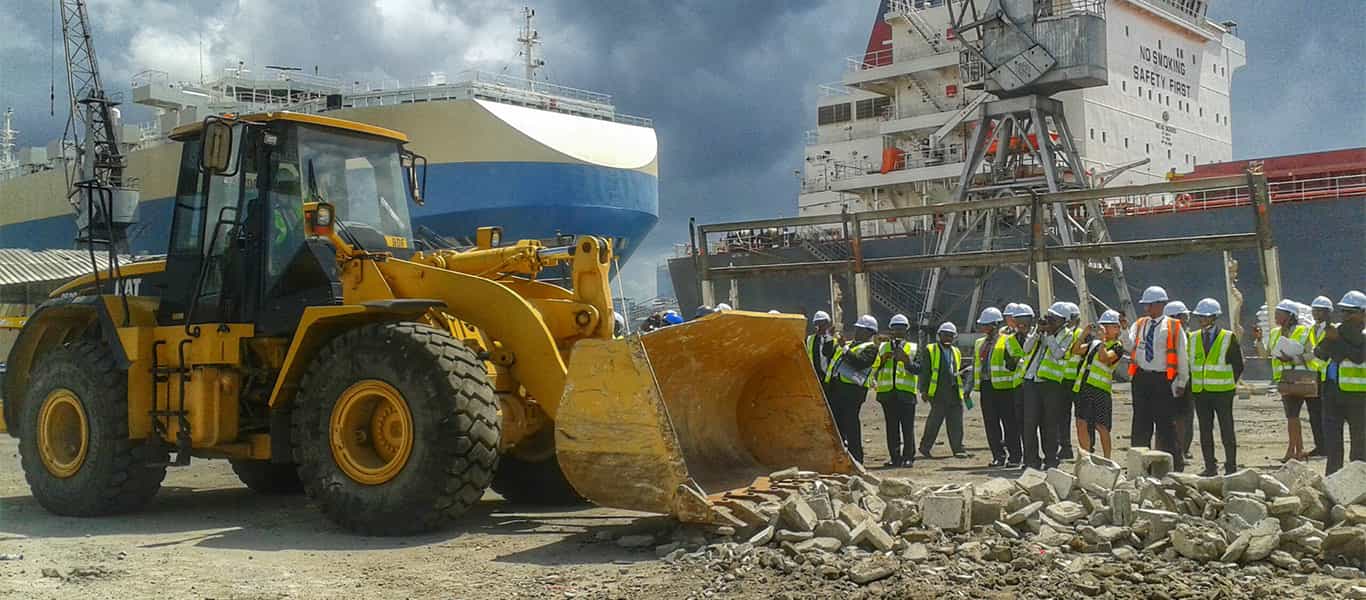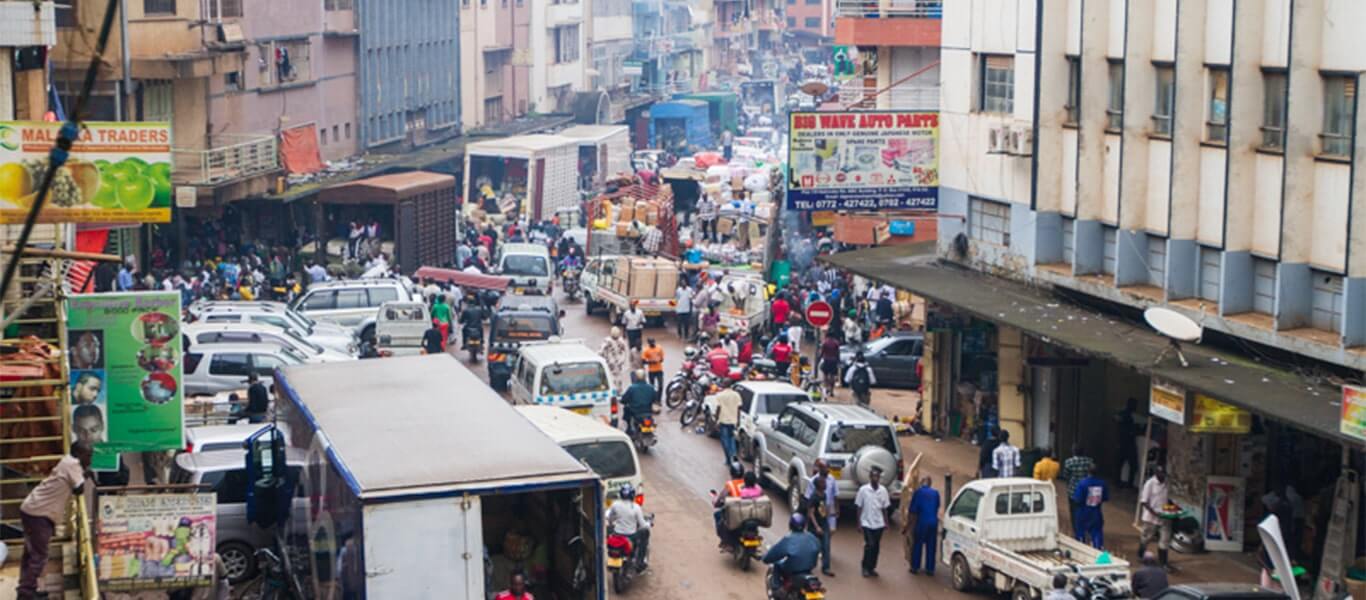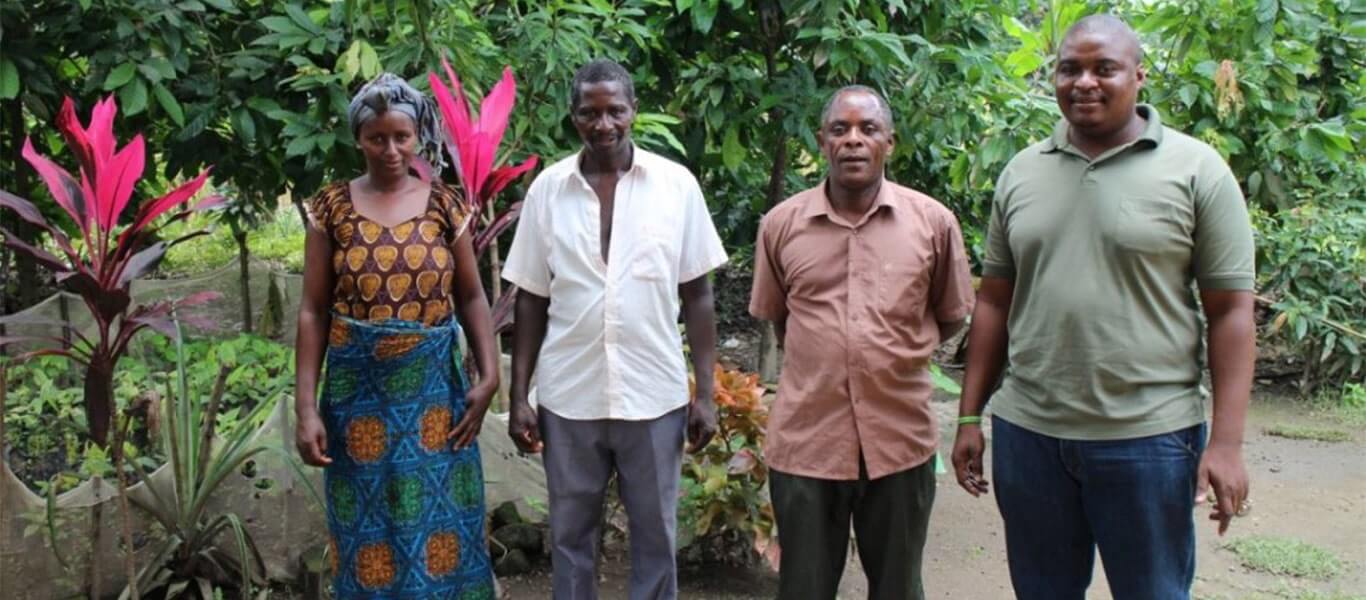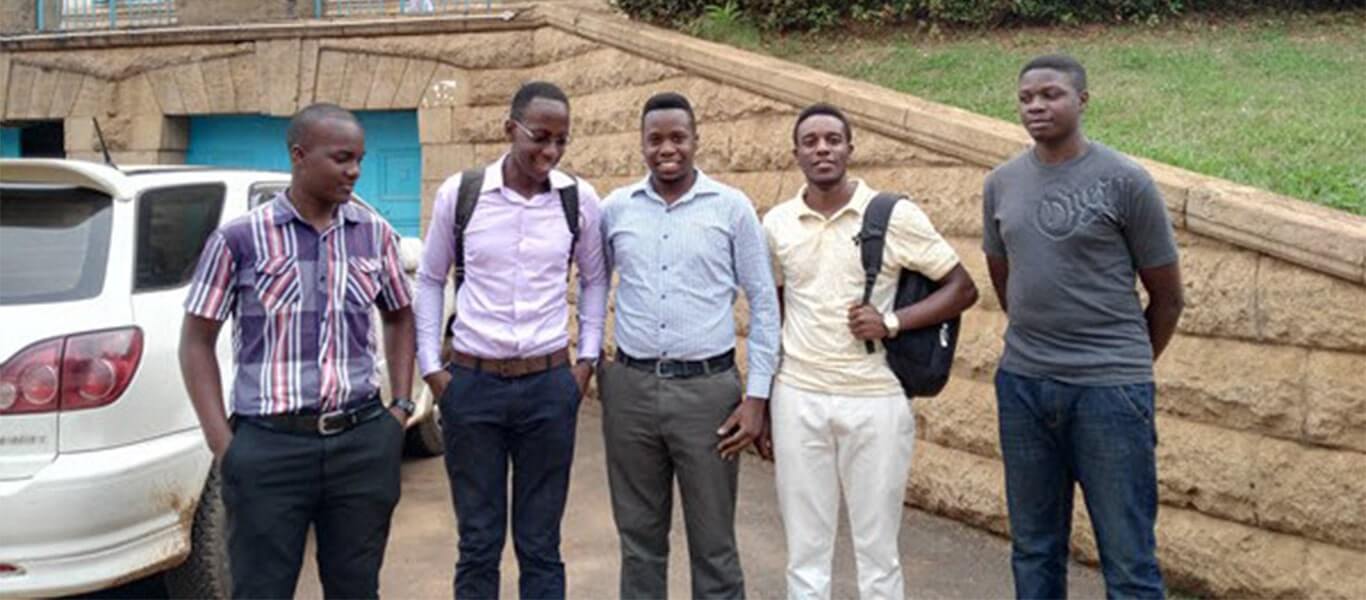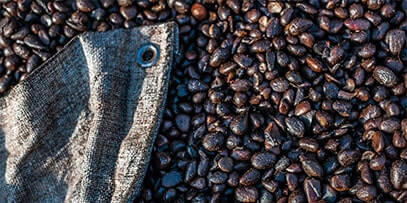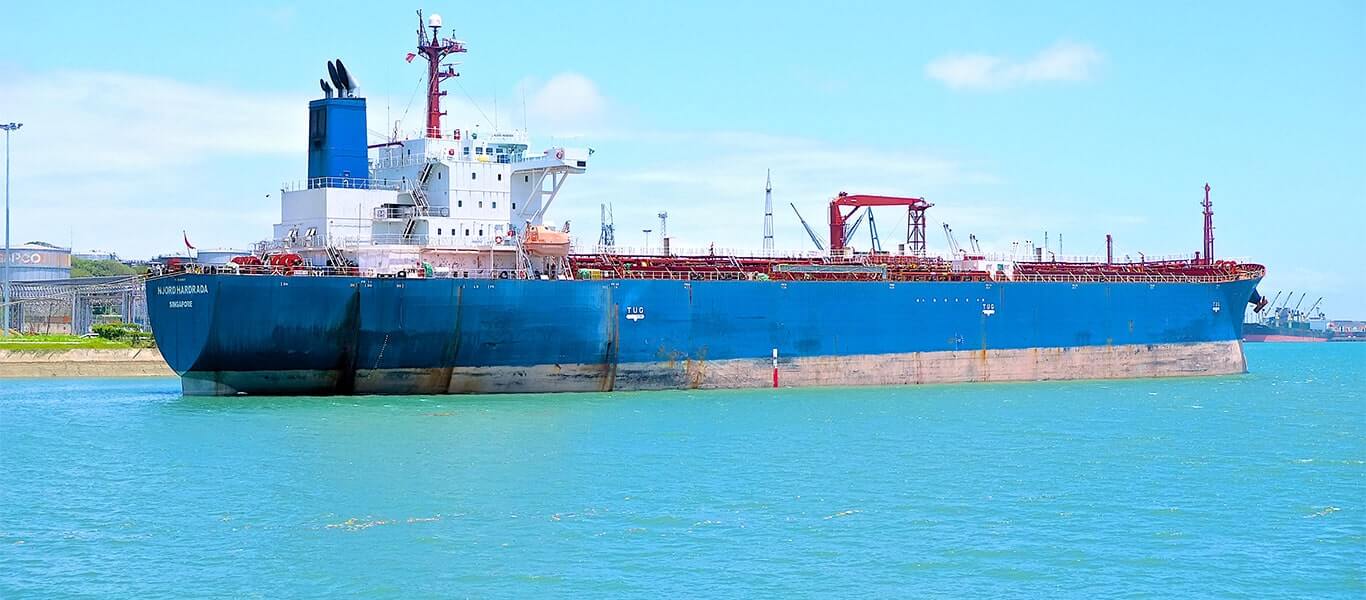It’s a long way from Makerere University in Uganda’s capital Kampala to the rural district of Yumbe, in the north-west of the country, bordering South Sudan and the Democratic Republic of Congo. Approximately 600 KM. The two places are also separated by climate, topography and, significantly, socio-economic status. It’s fitting then, that they are drawn together by an exciting new enterprise started by Makerere academics, which they hope will bring income and employment to their northern compatriots. Makerere University is the oldest institution of higher learning in East Africa and has a prestigious reputation. It sits on top of one of Kampala’s hills, overlooking the city and is home to about 38,000 students including post-graduates. Standing tall over the campus is the School of Food Technology, Nutrition and Bio-engineering, which is responsible for the new project. It all started with the Food Technology and Business Incubation Centre (FTBIC), an arm of the School of Food Technology, Nutrition and Bio-engineering, which nurtures business start-ups. The FTBIC is funded by the government and is an attempt to link the academic subject with the real world. At the same time, the School of Food Technology, Nutrition and Bio-engineering also houses FONUS (Food and Nutrition Solutions Ltd), a business providing consultancy from academic experts in the agriculture, nutrition and health sectors to local communities. In 2013, FONUS experts were in Yumbe District when they noticed the proliferation of mango trees growing wild. The trees were laden with growing fruit and the academics discovered that...
Bridging the socio-economic divide with mangoes
Posted on: April 10, 2017
Posted on: April 10, 2017

